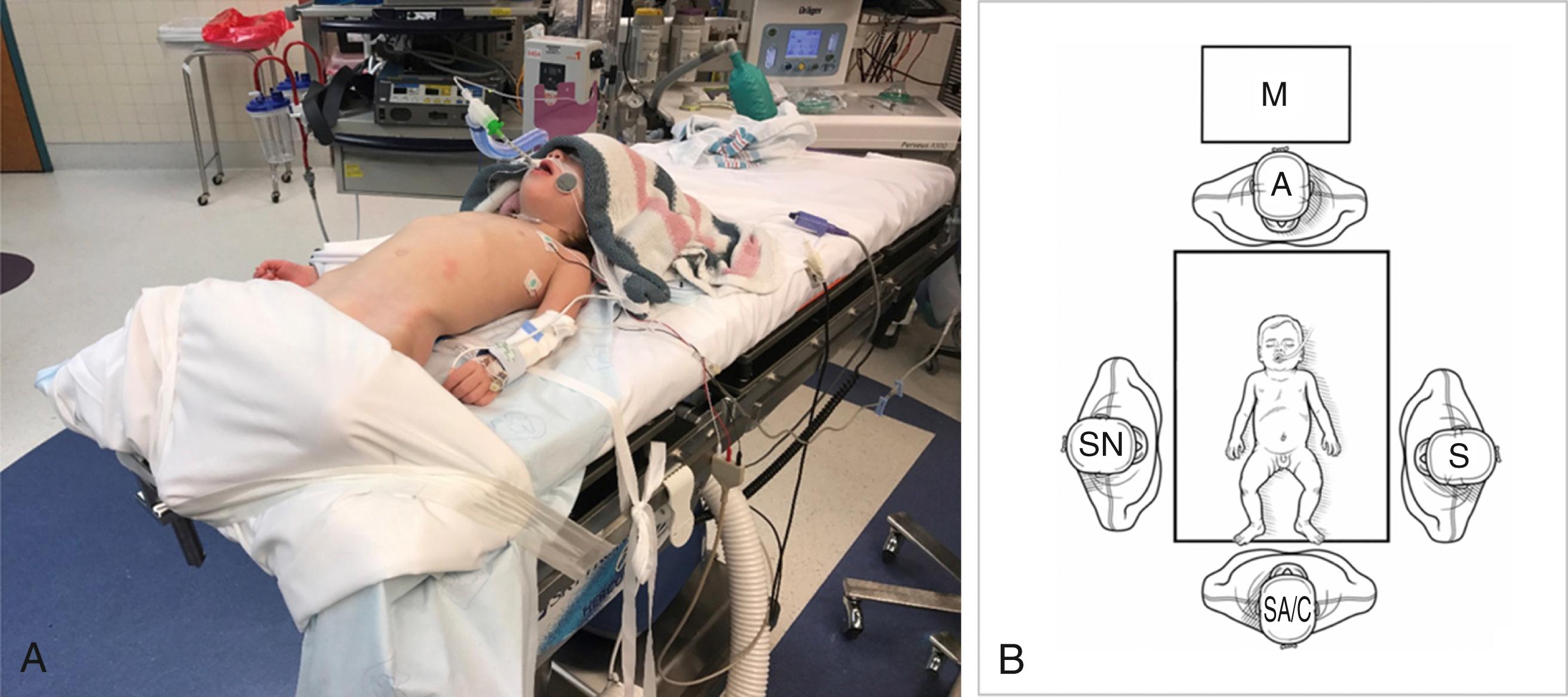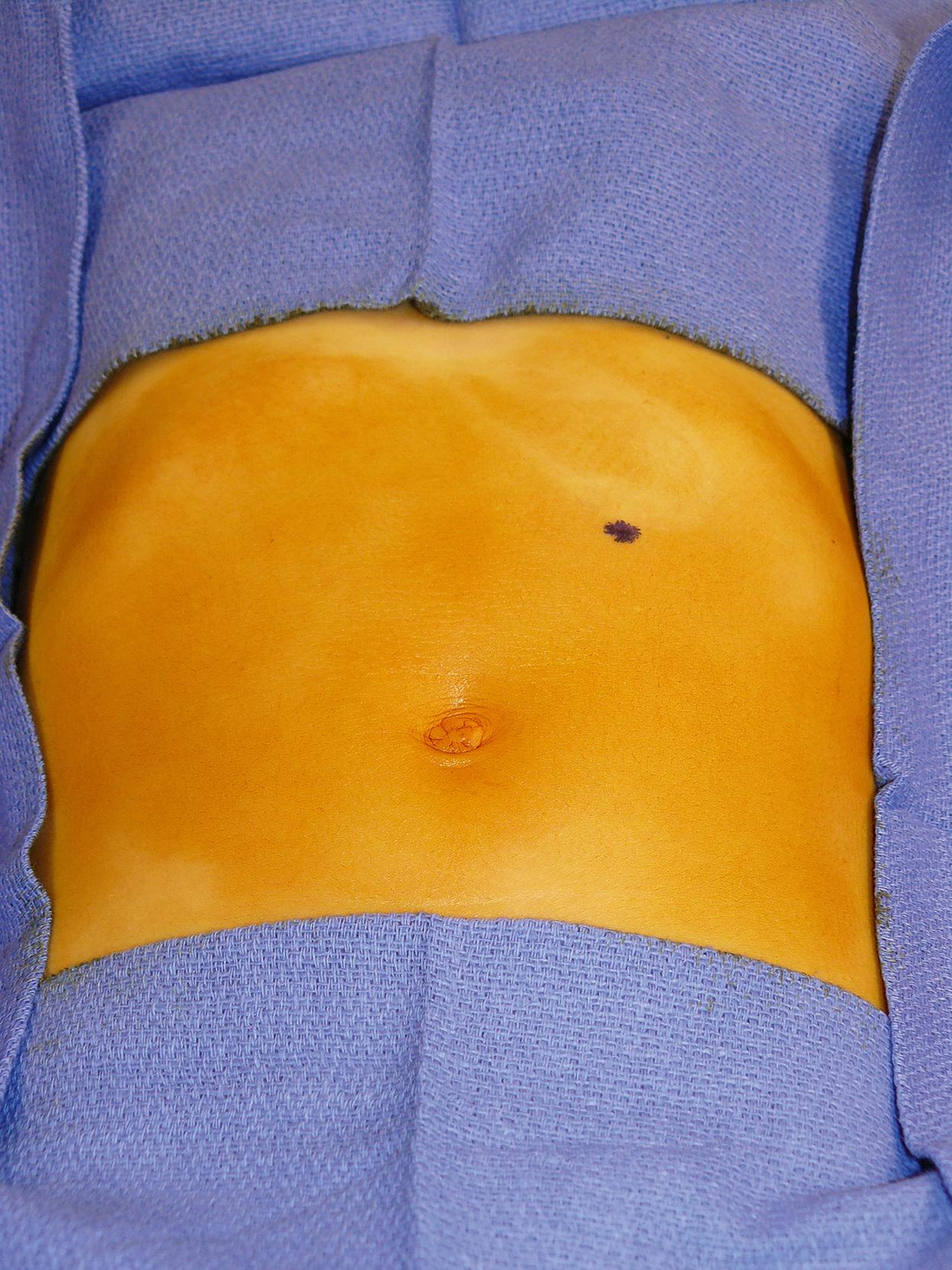Physical Address
304 North Cardinal St.
Dorchester Center, MA 02124
![]() Access the accompanying videos for this chapter online. Available on ExpertConsult.com .
Access the accompanying videos for this chapter online. Available on ExpertConsult.com .
Durable enteral access is a commonly performed operation in pediatric surgery practice today. Methods for gastrostomy include open, percutaneous, endoscopic, and laparoscopic techniques. Laparoscopic gastrostomy in children offers many advantages over the open approach, including excellent visual exposure, improved cosmesis, and reduced pain. Compared to percutaneous endoscopic insertion, laparoscopic gastrostomy allows for secure fixation of the stomach to the abdominal wall, direct visualization of the tube/button position through the abdominal wall and into the stomach, and the ability to complete concurrent procedures, including fundoplication. Earlier initiation and tolerance of feeds, and reduced length of stay with potential same-day discharge, are additional advantages of the laparoscopic or laparoscopic-assisted approach.
In patients with functional gastrointestinal tracts, enteral nutrition is preferable over parenteral nutrition as it is more physiologic, minimizes costs, and avoids the complications of central venous access. Creation of a gastrostomy is indicated if oral nutrition is inadequate (suboptimal caloric intake) or not feasible (swallowing dysfunction) for a prolonged period of time, leading to failure to thrive and grow. Unique feeding requirements secondary to metabolic disorders are another increasingly common indication for enteral access. A concomitant history of gastroesophageal (GE) reflux disease should prompt consideration for concurrent fundoplication. Uncontrolled ascites, coagulopathy, and gastric pathology (e.g., microgastria) are relative contraindications to gastrostomy.
Patients are positioned supine on the operating room (OR) table with their arms at their sides and general anesthesia is induced. For infants, they can be placed at the foot of the OR table. Preoperative antibiotics are begun as the patient is appropriately secured and padded. The surgeon can be positioned on the patient’s left or right or at the foot of the bed, depending on surgeon preference, with the screen located at the head of the bed ( Fig. 4-1 ). The gastrostomy exit site is marked at a minimum of one finger’s breadth below the left costal margin before insufflation ( Fig. 4-2 ). Depending on age and comorbidities, especially cardiac, insufflation pressures up to 12 to 15 mm Hg can be used.


Become a Clinical Tree membership for Full access and enjoy Unlimited articles
If you are a member. Log in here